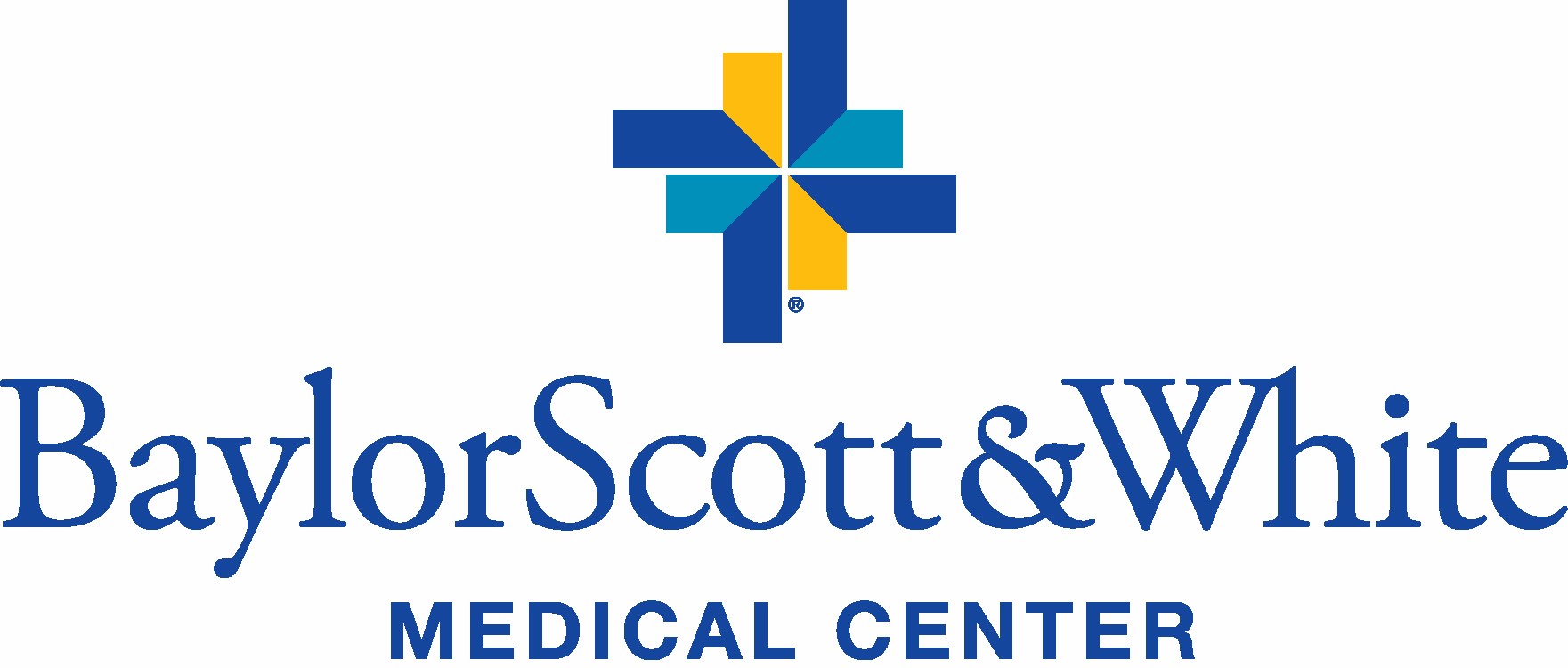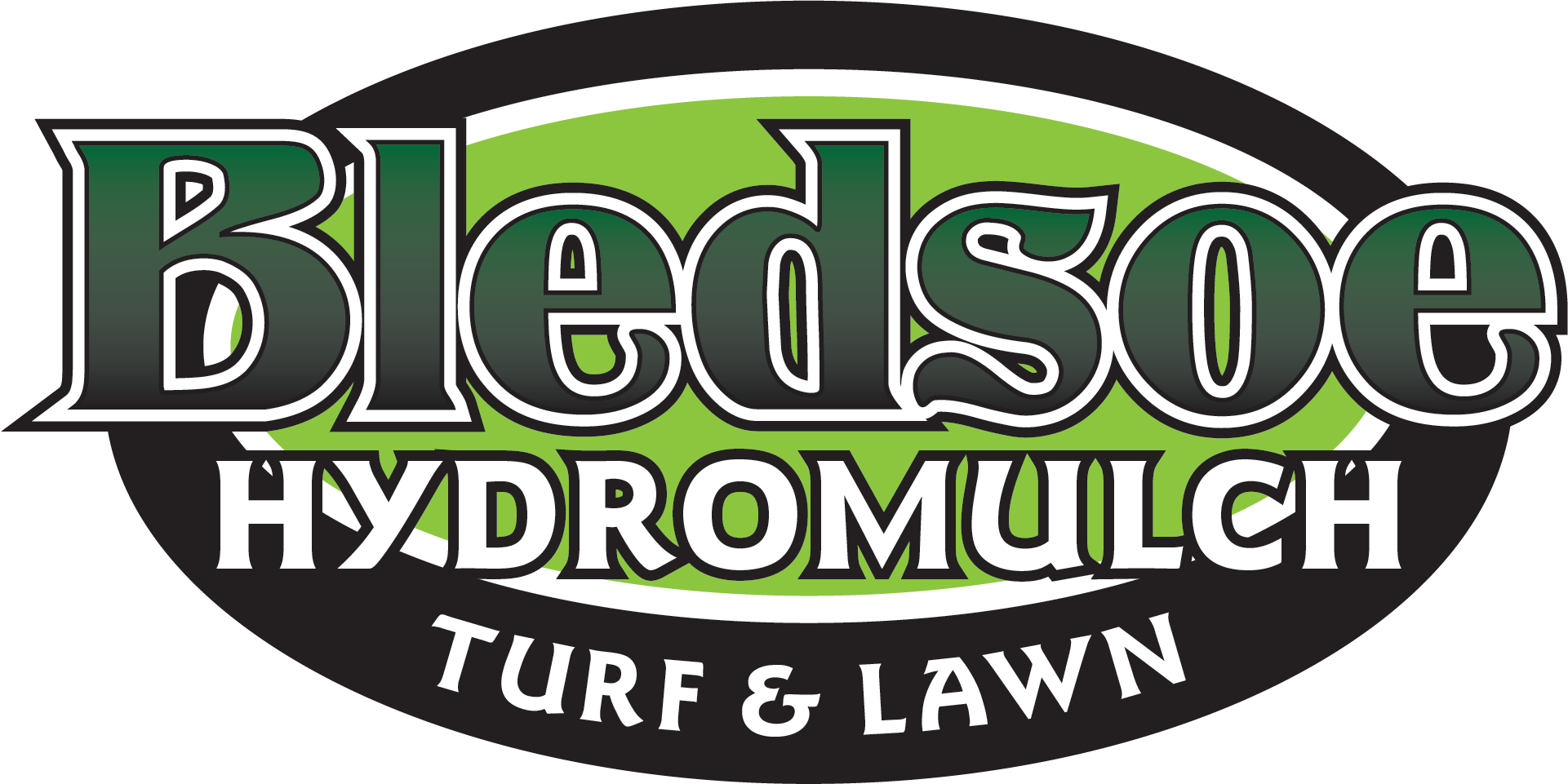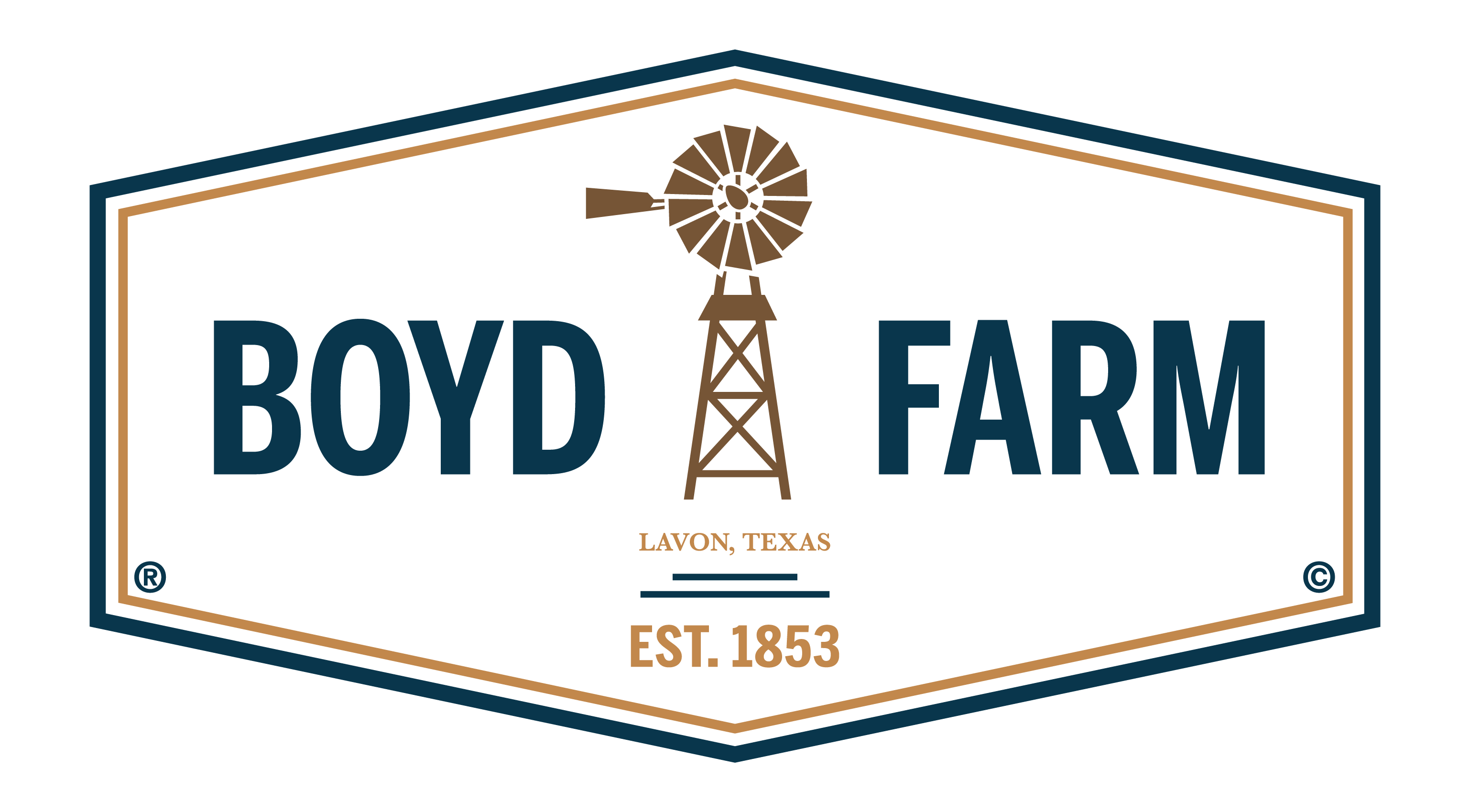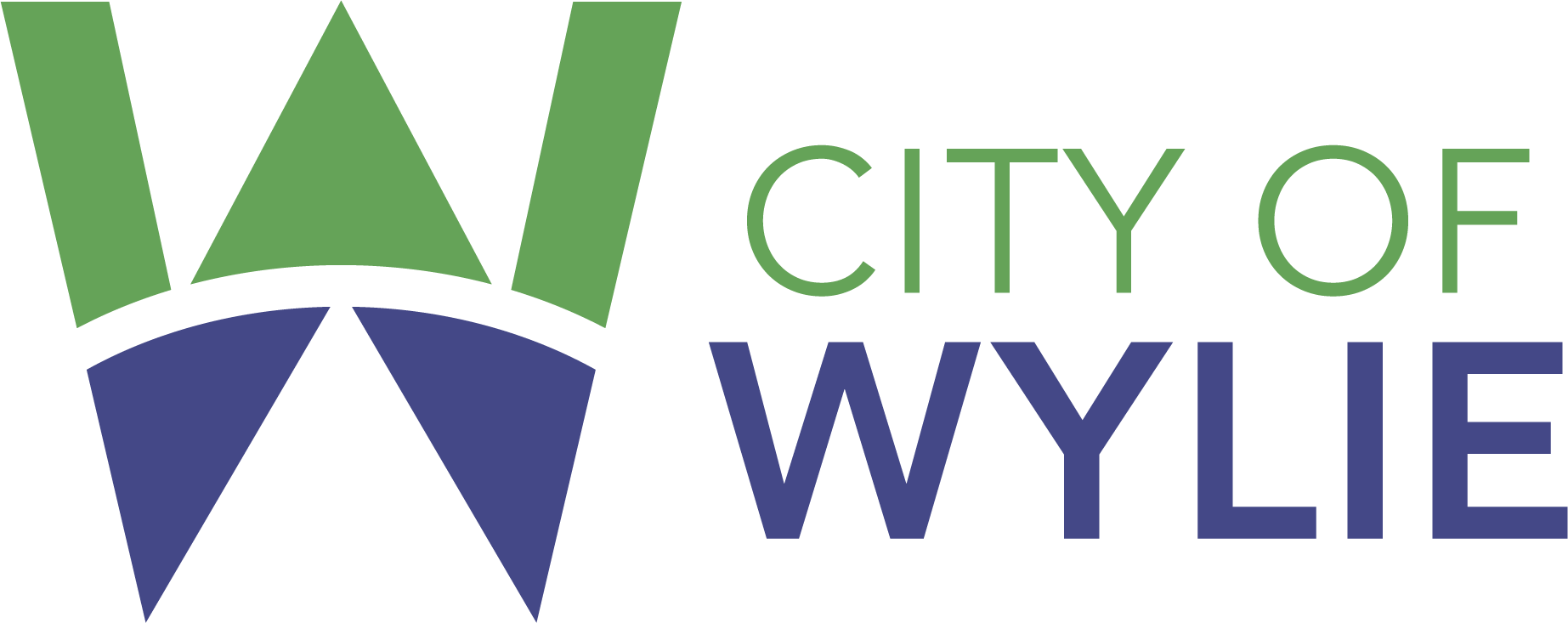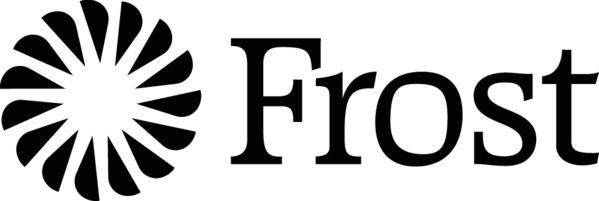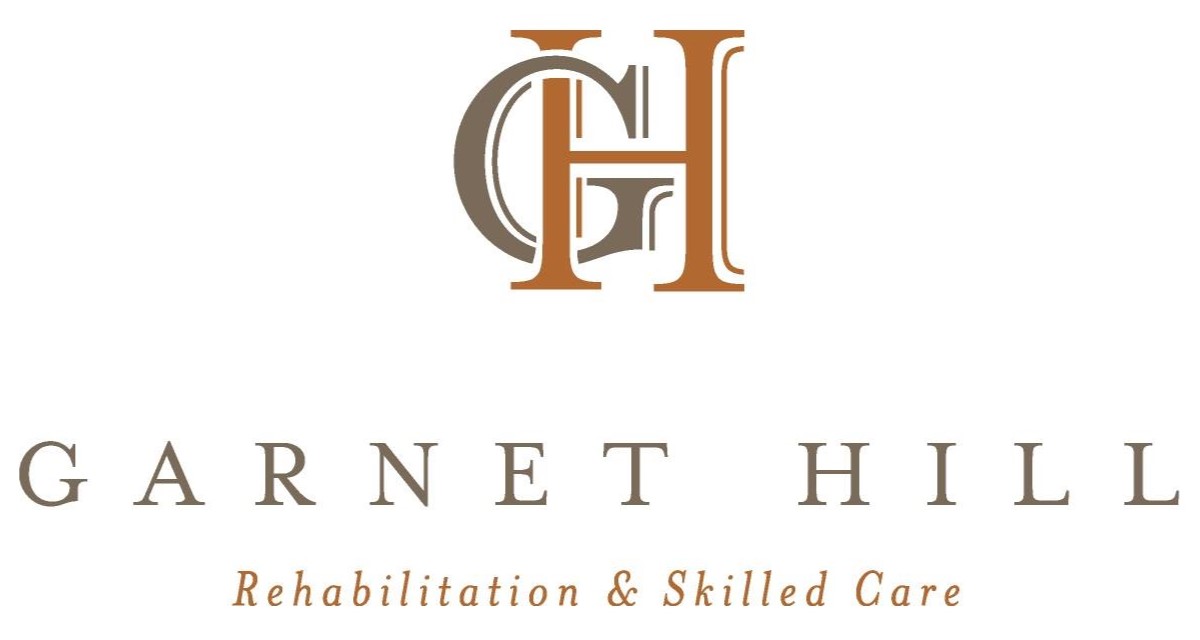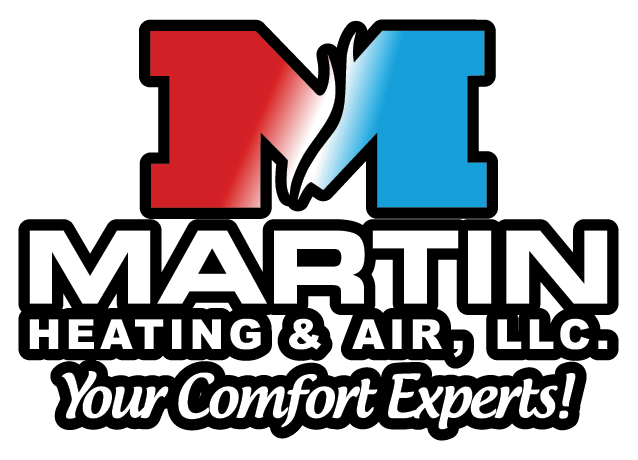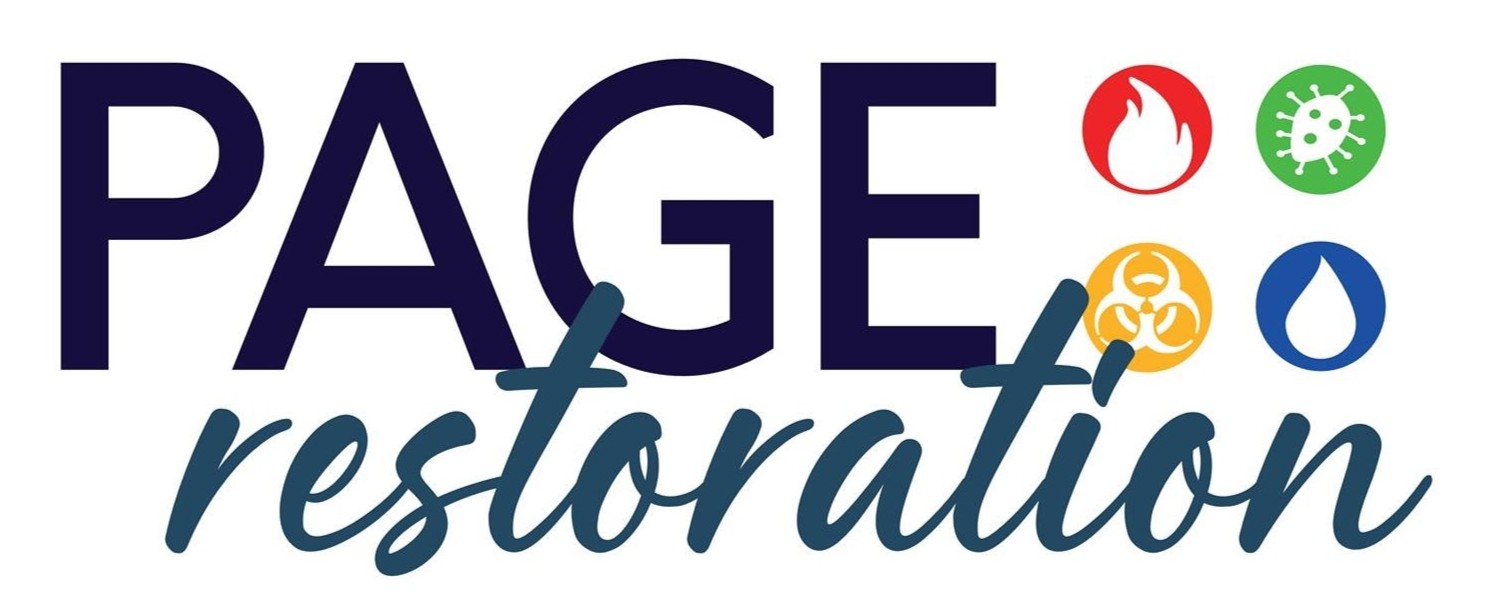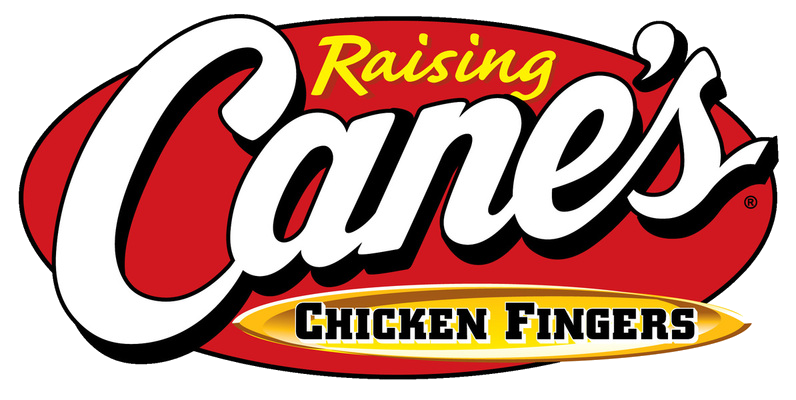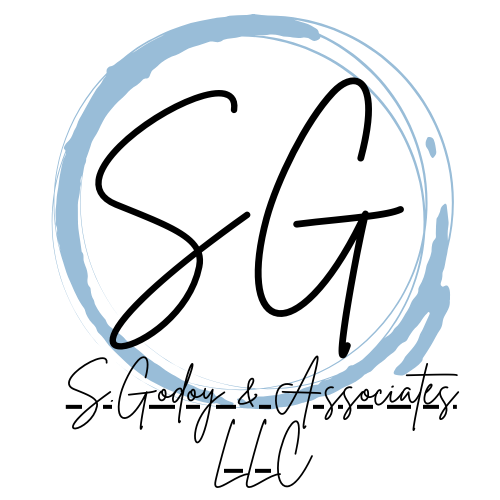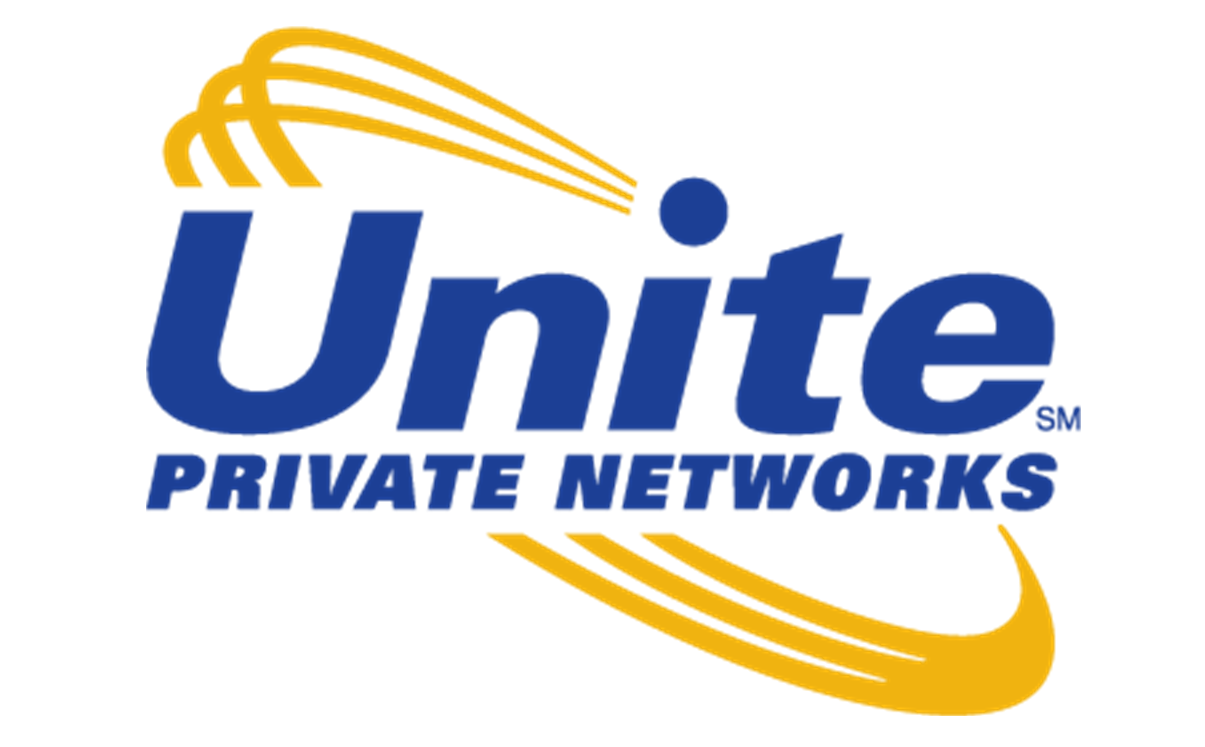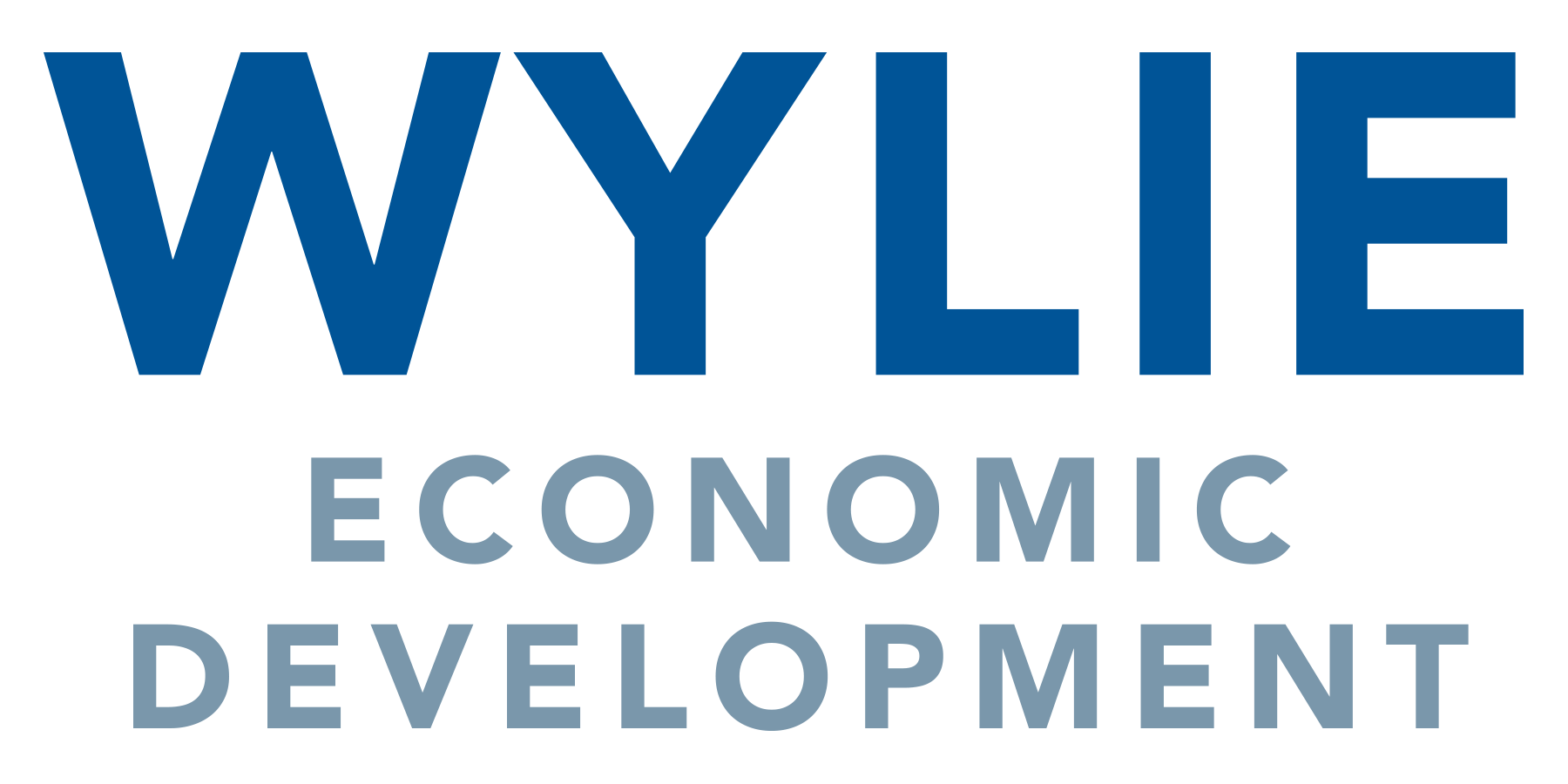Using AI to Build Magnetic Promotional Images
The battle to create bold, memorable visual content isn’t just about design anymore—it’s about speed, scale, and smarts. Businesses large and lean are leaning into artificial intelligence to generate promotional images that not only catch the eye but keep it. What was once the terrain of graphic designers working through rounds of revisions now often begins with prompts and ends with automated artwork ready for campaign launch. It’s not about replacing creativity—it’s about collaborating with a tool that understands the weight of visual storytelling and can help translate your brand’s ideas into scroll-stopping imagery.
Automate the Aesthetic Without Losing the Edge
When you lean into how AI painting tech works, you open the door to generating vibrant, brand-aligned visuals in minutes instead of weeks. These tools allow for hyper-specific customization—style, tone, composition—all driven by simple language prompts, making them ideal for marketing campaigns, social media pushes, or on-brand refreshes. You save time, slash design overhead, and gain striking content that actually gets noticed. Even without an in-house creative team, this technology levels the playing field, letting your business compete with visuals that look like they came from a full design agency.
Speak in Prompts, Not Pixels
The starting point for using AI in visuals is language. You don’t need design chops—you need to know how to ask the right question. Think of prompts as the new brushstroke: detailed, sensory, and intentional. When describing what the image should portray, focus less on style buzzwords and more on concrete, emotional language that captures mood, setting, and brand energy. Instead of “cool futuristic tech,” try “a glowing blue circuit board behind a sleek product display, with soft shadow and clean white background.” The AI interprets tone and texture from your words, so make those words count.
Feed the Machine Brand DNA
AI doesn’t intuit brand identity—you need to train it. That means uploading reference images, logos, and even past ads so the system learns the visual rhythm of your brand. Use consistent color palettes and brand elements in your prompts to keep output aligned with your business aesthetic. Some platforms even allow style transfer, meaning your brand’s past visuals can influence how new ones are generated. Think of this as teaching the AI your visual accent, ensuring the generated content doesn’t feel off-key or out of character.
Let Audience Behavior Guide the Image
Creating a promotional image should never happen in a vacuum. Pull data from your analytics tools to see what kinds of visuals resonate—color trends, framing, types of imagery—and then bring that intel into your AI prompt-building. If carousel posts with warm backgrounds and bold product shots consistently get saved or shared, use that as the creative compass. AI gives you the power to iterate quickly, so there’s no excuse for guessing anymore. Build visual content not just to look good, but to speak fluently to what your audience already favors.
Make Mistakes, Then Remix
Here’s a truth that gets overlooked: some of the best AI-generated visuals come from initial failures. That’s because the most intriguing results often emerge from experimenting with prompts, breaking format rules, and remixing unusual visual pairings. A request for a “stormy product reveal” might come back surreal and unusable—but maybe the lighting effect sparks a better idea. Save drafts, tweak prompts, and let the AI go a little rogue now and then. In a world of sameness, a little visual risk can build real brand voice.
Collaborate, Don’t Abdicate
It’s easy to treat AI like a vending machine: put in a prompt, get out a product. But the most successful promotional content emerges from treating it like a creative partner. That means giving it room to explore while still maintaining brand guardrails. It also means knowing when to override it. AI can get close to your vision, but it’s your job to refine it, sense what’s missing, and push it the extra 10%. The tool is only as good as the human behind it, asking smarter questions, pushing boundaries, and refusing to settle for generic.
AI is no longer a future-forward novelty—it’s part of the creative process now. But using it well requires more than clicking “generate.” It asks for curiosity, precision, and a willingness to iterate. The goal isn’t to cut out designers or cut corners—it’s to speed up experimentation and elevate everyday marketing efforts. When used thoughtfully, artificial intelligence doesn’t just churn out promotional images. It becomes a partner in crafting visuals that reflect your business at its boldest, most imaginative, and most visually fluent.
Discover how the Wylie Area Chamber of Commerce can help your business thrive by connecting you with the community and providing invaluable resources for growth and success!
